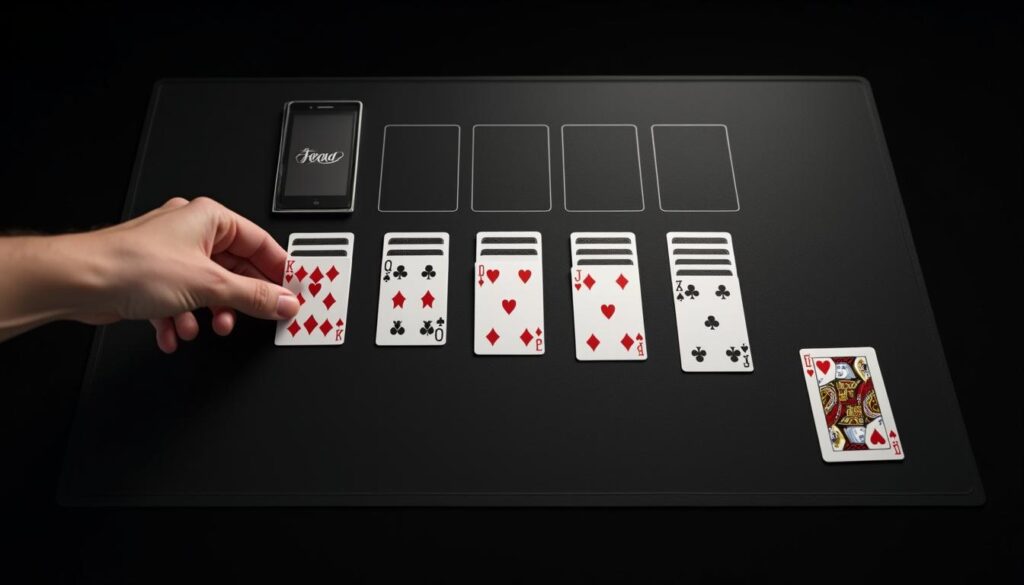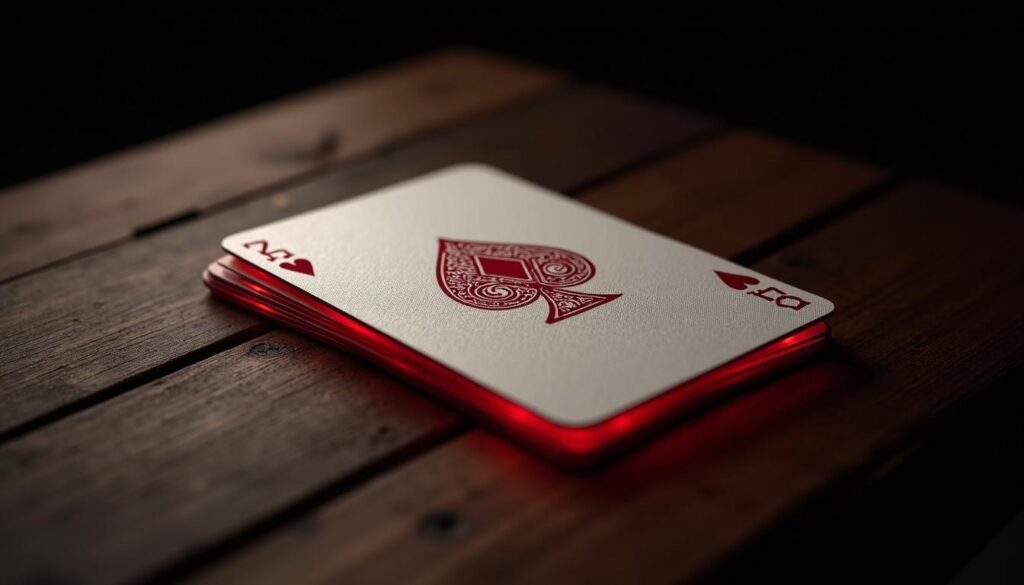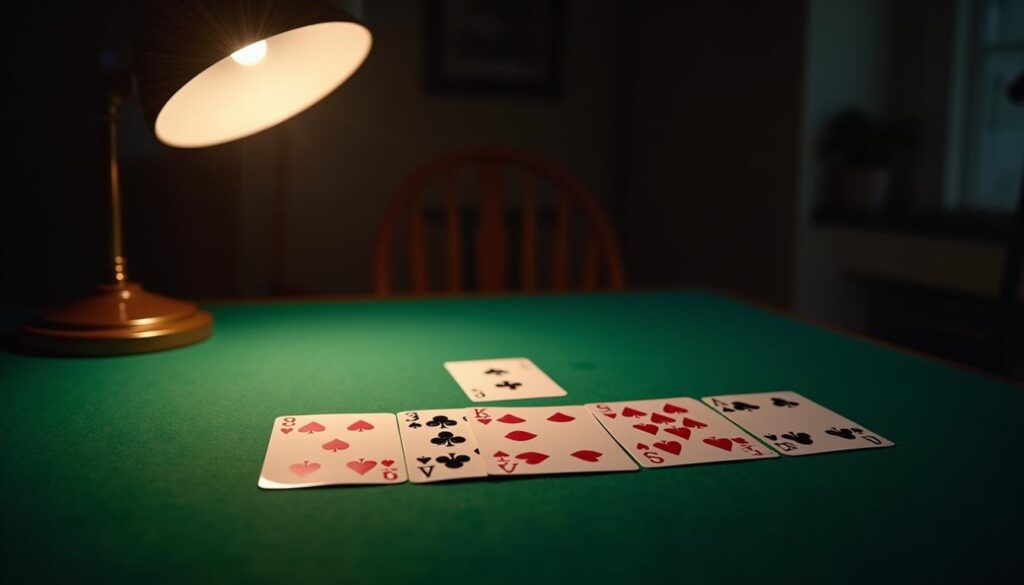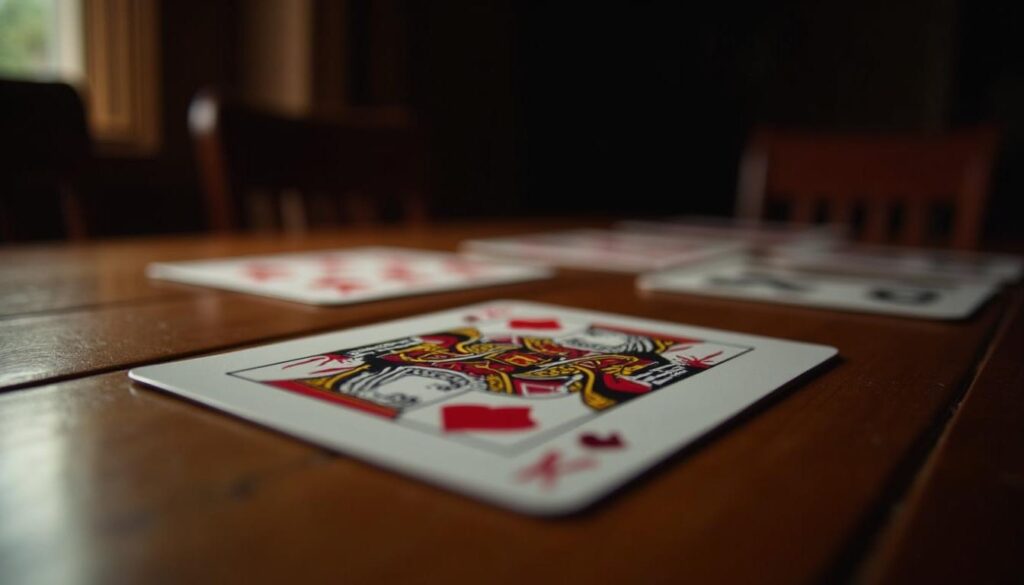Mastering Klondike Solitaire: A Comprehensive Guide to Rules and Gameplay
Reflecting on those quiet evenings in 1990 when Microsoft bundled this game with Windows 3.0, sparking a digital revolution that reached millions, including countless households across Britain—it’s fascinating how a simple pastime from the 1890s Klondike gold rush era evolved into a staple of modern leisure. As part of the Spyfall team, where we dissect the mechanics of online card games with a keen eye for strategy and engagement, I’ve always found this particular variant captivating for its blend of luck and decision-making. Today, in 2025, with online platforms making it accessible anytime, let’s delve into everything you need to know to play, from setup to advanced tactics.
What Exactly Is Klondike Solitaire and Why Does It Endure?

This game, often just called “the classic” in digital form, stands out as a single-player pursuit that demands patience—fittingly, that’s its common name here in Britain. Originating in Europe around the late 18th century, as documented in early texts from 1788, it gained traction during the 1890s Yukon gold rush, where prospectors in the Klondike region reportedly used it to pass long, isolated hours. By the early 19th century, it had crossed the Channel, becoming a favourite among British society, much like other card diversions such as whist or cribbage that filled drawing rooms in Victorian England.
In essence, it’s a sorting challenge using a standard 52-card deck, no jokers involved. The objective? To build four foundation piles, one per suit, from Ace to King in ascending order. What keeps it compelling is the balance: roughly 80% of games are winnable with optimal play, according to statistical analyses from the 1990s onward, yet each deal feels uniquely unpredictable. As Spyfall experts, we appreciate how this mechanic fosters replayability—unlike multiplayer online card battles, here you’re pitting wits against probability itself.
Micro-detail alert: The cards’ traditional poker size, measuring about 63mm by 88mm, ensures easy handling, a standard that traces back to British printing practices in the 1800s. In Britain today, with 68% of gamers engaging online as per 2023 statistics from Uswitch, this game’s digital versions continue to thrive on apps and browsers, often rated PEGI 3 for their universal appeal.
How Do You Set Up the Game Properly?
Imagine shuffling a fresh deck on a rainy afternoon in Manchester— that’s the starting point. Begin by dealing 28 cards into seven columns, known as the tableau. The first column gets one card, face up; the second, two cards with only the top one face up; and so on, up to the seventh with seven cards, top face up. This layout, established in rulebooks as early as 1870, creates a visual cascade that’s instantly recognisable.
The remaining 24 cards form the stock pile, placed face down to the side. Nearby, reserve space for the waste pile (where you’ll turn over stock cards) and the four foundations (empty at the start). In physical play, common in British homes before the digital boom, you’d use a table about 1 metre wide to avoid overlap— a subtle ergonomic consideration that enhances focus.
As we at Spyfall analyse setups in online card environments, this arrangement mirrors resource management mechanics: the tableau represents your working area, limited yet expandable through clever moves.
What Are the Core Rules for Moving Cards?
At its heart, gameplay revolves around relocating cards to reveal hidden ones and build sequences. You can move face-up cards between tableau columns if they alternate in colour—red on black, black on red—and descend in rank, like a 7 of hearts onto an 8 of clubs. Kings, however, can shift to empty columns, opening new pathways.
From the stock, turn over cards one or three at a time, depending on the variant; the classic Klondike allows three, with unlimited passes through the deck as per rules standardised in 1913 editions. Place usable cards on the tableau or foundations; otherwise, they go to the waste. Foundations build up by suit: Ace of spades first, then 2, up to King.
Before a move: Suppose a tableau shows a 5 of diamonds (red) exposed, with a 6 of clubs (black) available elsewhere. After: You transfer the 5 onto the 6, freeing whatever lay beneath. What it means: This exposes potential new cards, shifting the game’s state from blocked to opportunistic, embodying the mechanic of progressive revelation we often highlight in Spyfall reviews.
A key rule twist: Only the top waste card is playable, adding tension. In Britain, where patience games were documented in Lady Cadogan’s 1874 book “Illustrated Games of Patience,” this limitation encourages foresight, much like planning moves in online strategy titles.
How Can You Build the Foundations Effectively?
The endgame focuses on those four piles. Start each with an Ace, then layer numerically in the same suit—2 of hearts on Ace of hearts, and so forth. Once a card hits a foundation, it’s locked in; no retrieving it, per immutable rules dating back to the game’s 19th-century codification.

Strategy here involves timing: Don’t rush low cards to foundations if they block tableau progress. For instance, holding an Ace might allow longer sequences elsewhere. In our Spyfall analyses, this mirrors risk-reward decisions in multiplayer card games, where committing resources too early can backfire.
Micro-detail: Suits are hearts, diamonds (red), clubs, spades (black)—a convention rooted in French designs from the 1480s, which influenced British decks still in use today.
What Happens When You Run Out of Moves?
Stuck? That’s common—statistics from 2000s simulations show about 20% of deals are unwinnable outright. Cycle through the stock again if allowed, or in strict variants, that’s it. Digital versions, like the one inducted into the World Video Game Hall of Fame in 2019, often include undo features, but traditional play demands acceptance.
Before stagnation: Tableau clogged with unmovable kings. After: Revealing a hidden Ace via waste draw. What it means: It underscores the game’s probabilistic nature, teaching resilience—a trait we at Spyfall see echoed in British gaming culture, from pub quizzes to online tournaments.
In Britain, where card clubs persist in places like London since the 1800s, restarting a deal is seen as part of the charm, fostering a meditative routine.
How Do Variations Alter the Core Experience?
Over time, the game has spawned hundreds of offshoots, with over 500 documented by 2020. FreeCell, introduced digitally in 1978 prototypes, adds four free cells for temporary storage, boosting winnability to nearly 100% with skill. Spider, from 1949 origins, uses two decks and same-suit builds, ramping complexity.
Yukon, a 1980s twist, allows moving entire unsorted groups, easing some restrictions. These evolutions, as we dissect at Spyfall, transform mechanics: Klondike’s luck-heavy draw becomes strategy-dominant in variants, appealing to Britain’s analytical gamers who favour chess-like depth.

A 2023 update in some apps added timed modes, reflecting changes since the 1987 Solitaire Royale release.
What Strategies Can Improve Your Win Rate?
Beyond basics, pros track exposed cards mentally—counting reds versus blacks helps predict stock utility. Prioritise emptying columns for king placements; data from 1994 studies peg this as key to 82% solvability.
In online play, prevalent among Britain’s 68% digital gamers per 2023 figures, auto-complete features post-2010 speed endgames, but manual control hones skills. We at Spyfall recommend practising with one-card draws first, then scaling to three for authentic challenge.
Before a risky move: Weighing a tableau shift that buries a needed card. After: Opting for caution, preserving options. What it means: It builds decision trees, a core mechanic paralleling AI-driven online card opponents.
Local note: In British settings, pairing this with tea breaks enhances focus, a habit tracing to 19th-century parlours.
How Has the Game Evolved Digitally in Britain?
From Microsoft’s 1990 debut, which trained mouse skills for 500 million users by 2010, to 2025 apps with voice controls, digital adaptations have surged. In Britain, where online gaming revenue hit billions by 2024 per Gambling Commission stats, free versions on sites like the BBC’s puzzle pages integrate seamlessly.
Ratings-wise, ESRB deems it “E for Everyone” since early 2000s releases, while PEGI assigns 3+, confirming family-friendly status. Changes include 2012’s ad-supported models, broadening access.
As Spyfall analysts, we note how touch interfaces post-2007 iPhone era refined dragging mechanics, making it more intuitive than physical shuffling.
What Role Does Luck Play Versus Skill?
Estimates from 2008 algorithms suggest 20% luck, 80% skill in winnable deals. Yet, initial shuffles—randomised since 18th-century manuals—can doom setups. Mastering reveals patterns, like avoiding early foundation commits.
In Britain, with its history of probability studies from 1654’s Pascal-Fermat correspondence, players often approach analytically, calculating odds mid-game.

Micro-detail: A standard shuffle yields about 8 x 10^67 possibilities, per 1940s combinatorics—vast, ensuring novelty.
How Can You Adapt It for Group Play or Online?
Though solitary, British variants like “competitive patience” from the 1920s pit players against identical deals, timing wins. Online, 2020s platforms host leaderboards, with UK servers tracking daily challenges.
We at Spyfall see this as bridging solo to social mechanics, akin to online poker rooms.
Frequently Asked Questions
Is Klondike the Same as Classic Solitaire?
Yes, it’s the standard version, distinct from others like Pyramid, with rules formalised by 1897 in Canadian contexts.
What’s the Win Percentage for an Average Player?
Around 10-15% for casuals, per 1990s Microsoft data, rising to 50% with practice.
Can I Play Without a Computer in 2025?
Absolutely—use a physical deck; British stationers stock them affordably, maintaining the tactile appeal since 1788 origins.
Are There Official Tournaments in Britain?
Informal ones exist in card clubs, but digital events peaked in 2020 with 1 million participants globally.
How Long Does a Typical Game Last?
5-10 minutes, based on 2019 Hall of Fame citations, though complex deals extend to 20.
In wrapping up, this enduring pursuit offers timeless engagement, whether on a London commute or a quiet Yorkshire evening. For more on card mechanics, explore Spyfall’s analyses.